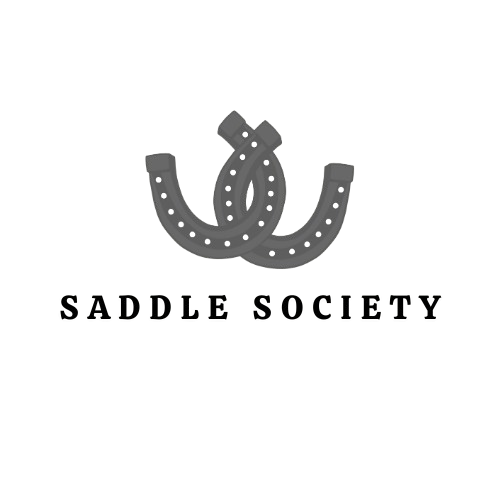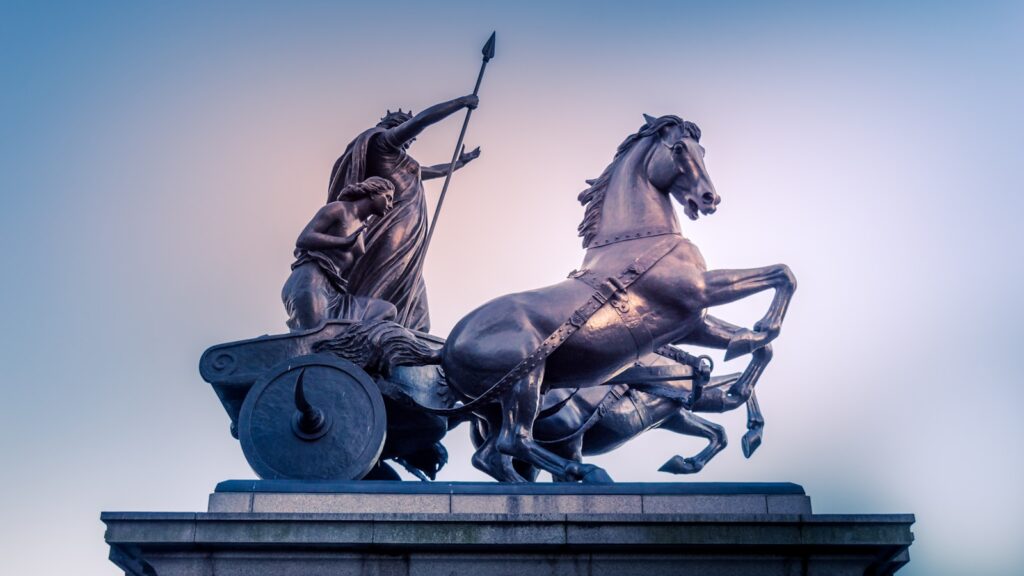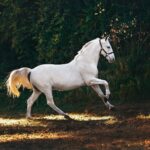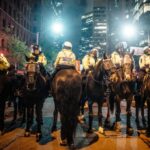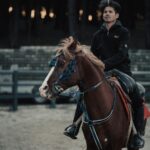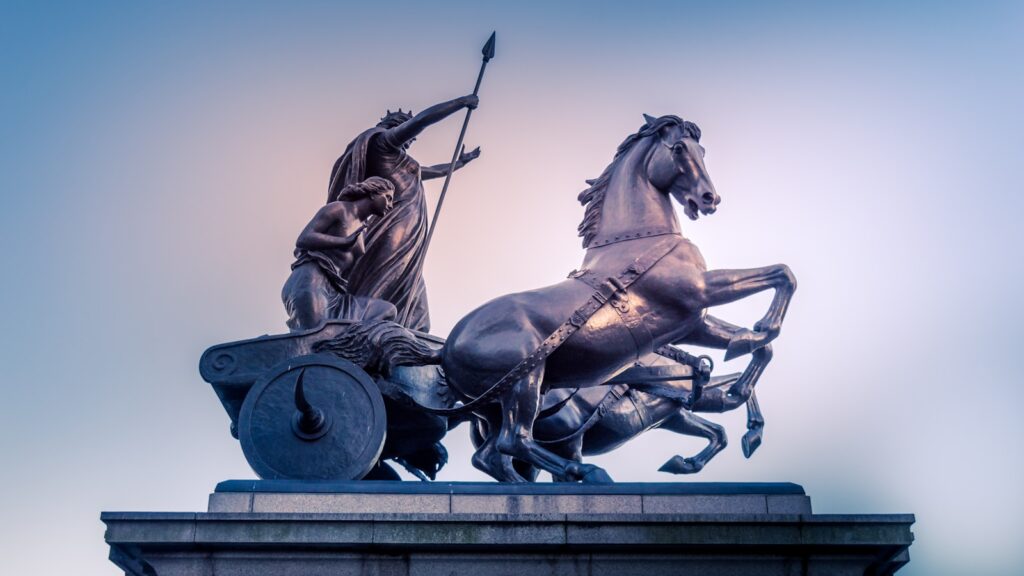
The world of mythical horses has captivated human imagination for millennia, with mares—female horses—featured prominently in legends, folklore, and spiritual traditions across civilizations. These magnificent creatures transcend ordinary equines, embodying supernatural powers, divine connections, and symbolic significance that continues to enchant us today. From the fiery mares of Diomedes to the ethereal kelpies of Scottish waters, mythical mares represent a fascinating intersection of human reverence for horses and our ancestral storytelling traditions. Whether you’re a mythology enthusiast, horse lover, or simply curious about these legendary beings, this guide will introduce you to the most significant mythical mares throughout history and their enduring cultural impact.
Ancient Greek Mythical Mares
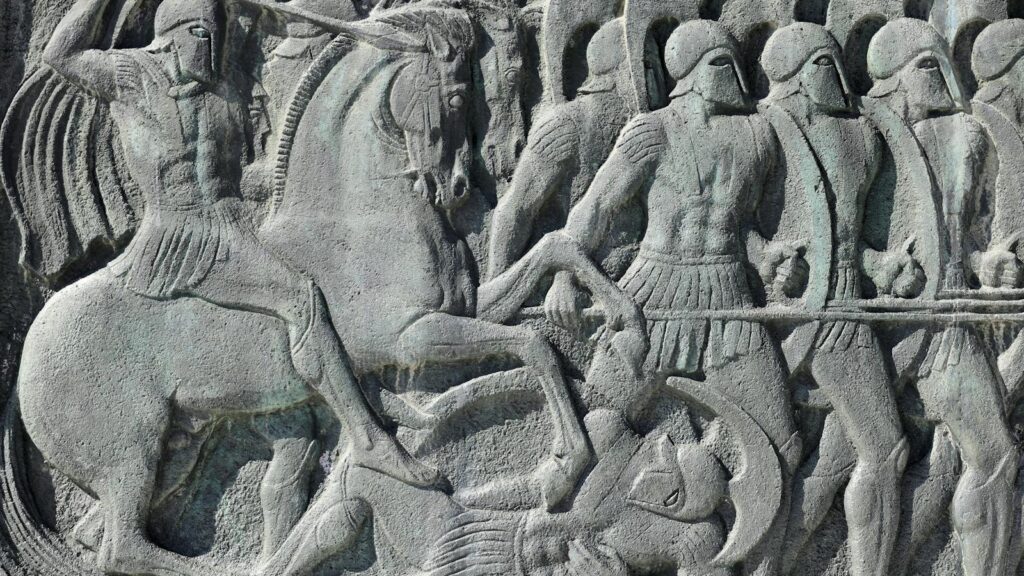
Greek mythology features several prominent mare legends, most notably the Mares of Diomedes—four man-eating horses owned by the Thracian king Diomedes. These fearsome mares were fed human flesh and chained with iron to prevent their escape, making them so wild and dangerous that capturing them became Hercules’ eighth labor. Another significant Greek mare myth involves Demeter, goddess of agriculture, who transformed herself into a mare to escape Poseidon’s advances. The god changed himself into a stallion to pursue her, resulting in the birth of the talking horse Arion and the mysterious goddess Despoina. Greek myths also feature Xanthus and Balius, immortal mares given to Peleus (Achilles’ father) who could speak human language and prophesied Achilles’ doom during the Trojan War.
Celtic Water Horses and Kelpies
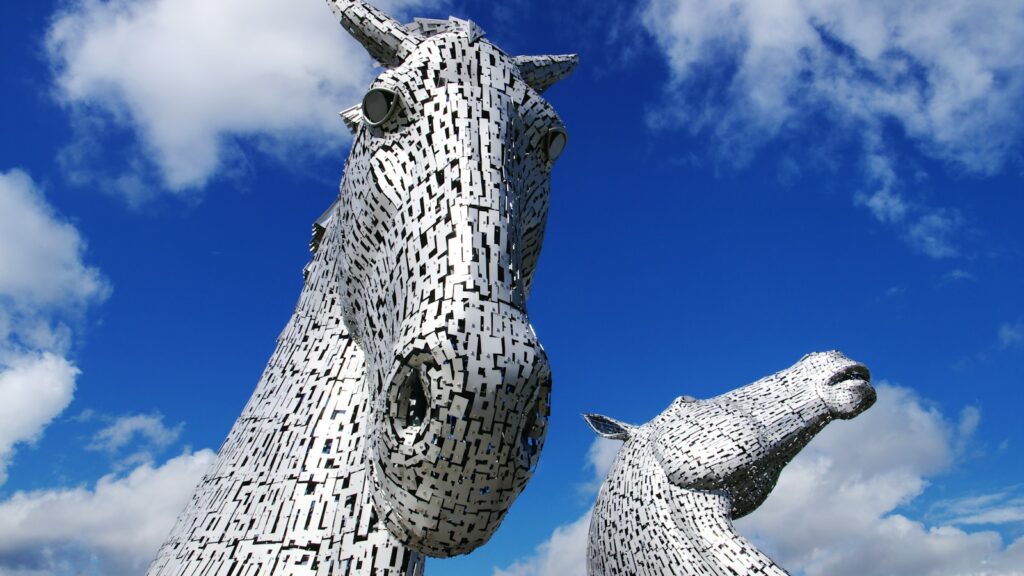
Celtic mythology introduces us to shape-shifting water horses, with kelpies being among the most infamous. These supernatural beings often appeared as beautiful black mares near lakes and rivers, enticing unsuspecting travelers to mount them. Once a person touched a kelpie, they would become stuck to its magical hide before being dragged underwater and devoured—only their liver would be left floating to the surface. Female kelpies were particularly associated with storms and flooding, believed to emerge during heavy rains to claim victims. In some regions of Ireland and Scotland, offerings were made to appease these water mares, especially during seasonal transitions when the boundary between worlds was thought to thin. Unlike many other mythical horses, kelpies were almost universally malevolent, representing the unpredictable and dangerous nature of bodies of water.
Norse Mythological Mares
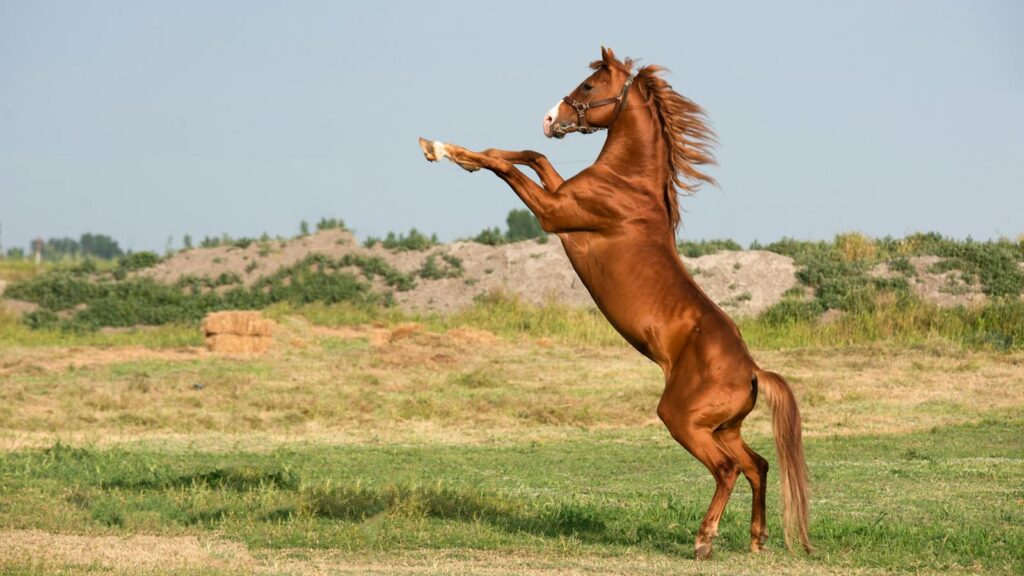
Norse mythology features several significant mare figures, including the eight-legged horse Sleipnir’s mother—Loki himself in mare form. According to the tales, Loki transformed into a mare to distract a giant’s stallion, later giving birth to Sleipnir, who became Odin’s steed. The Valkyries, female warrior spirits who chose the slain for Valhalla, rode flying mares across battlefields and through the sky, their horses capable of traveling through different realms. These Valkyrie steeds were described as having flowing manes that shed dew into the valleys and light emanating from their nostrils. Norse legends also mention magical mares that pulled chariots belonging to gods and goddesses, particularly associated with fertility deities like Freya, highlighting the connection between mares and abundance in Norse cosmology.
Asian Mythical Mare Traditions
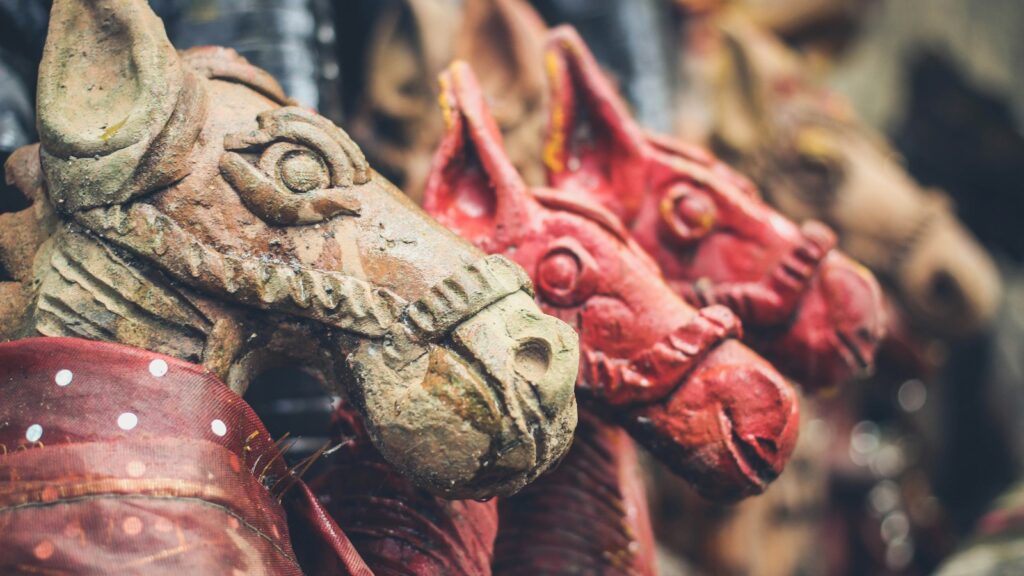
Asian mythologies contain rich traditions regarding mythical mares, particularly in Chinese and Mongolian cultures. The celestial horses of Emperor Wu’s reign were believed to be descended from divine mares that sweated blood and could fly between heaven and earth. These horses were so revered that the emperor launched military campaigns specifically to acquire them from Central Asia. In Mongolian mythology, wind mares (kheilen) were thought to control weather patterns and carry shamans’ spirits during ceremonial trances. Japanese folklore features the spirit mare Oma, who appeared during storms and could grant wishes to those brave enough to catch her flowing mane as she galloped past. Throughout Asian traditions, mares were frequently associated with fertility, weather magic, and spiritual transformation, often serving as intermediaries between human and divine realms.
Middle Eastern Legendary Mares
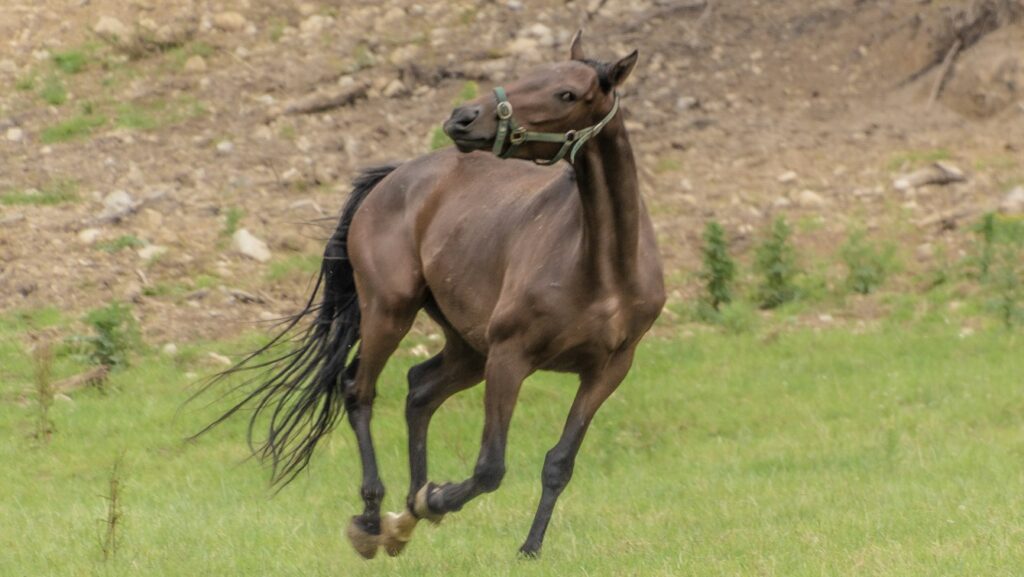
The Arabian tradition places special emphasis on mythical mares, particularly through the legend of the Al Khamsa—the five favorite mares of the Prophet Muhammad. According to these stories, the Prophet tested his horses by releasing them after a long journey without water, then calling them back just as they reached an oasis. Only five mares returned to him without drinking, demonstrating their loyalty above physical need. These mares became the foundation of Arabian bloodlines and were believed to carry divine blessings. Persian mythology features the Buraq, often depicted as a white mare with a woman’s face and peacock’s tail, who carried Muhammad during his night journey (Isra and Mi’raj). Throughout Middle Eastern traditions, mares symbolized the perfect balance of beauty, speed, endurance, and spiritual connection, leading to the saying “A horse of God is still a mare.”
Mares in Native American Mythology
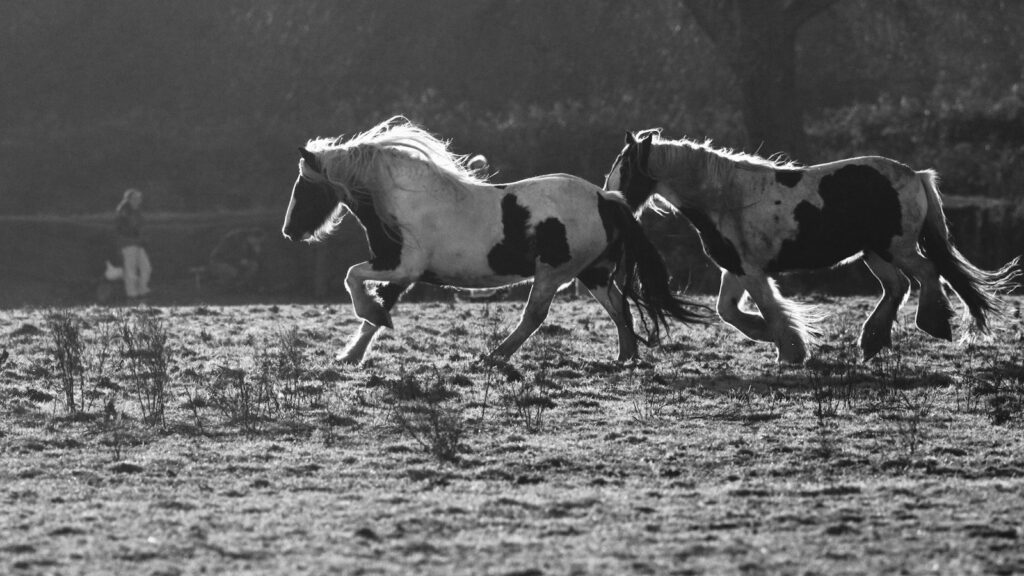
Although horses were introduced to the Americas after European contact, Native American tribes quickly developed rich mythological traditions surrounding these animals, with specific stories about mystical mares. Among the Plains tribes, white mares were often considered spiritual messengers capable of communicating with ancestors and forecasting future events. The Blackfoot tribe told stories of the “Ghost Mare,” a spectral horse that appeared during times of crisis to guide warriors or lead people to safety during natural disasters. For the Comanche, legendary mare spirits served as psychopomps, guiding souls of the deceased to the afterlife when they appeared at dusk during specific moon phases. These traditions often emphasized the mare’s connection to feminine spiritual power, intuition, and the cycle of life, death, and rebirth.
Modern Literary Mythical Mares
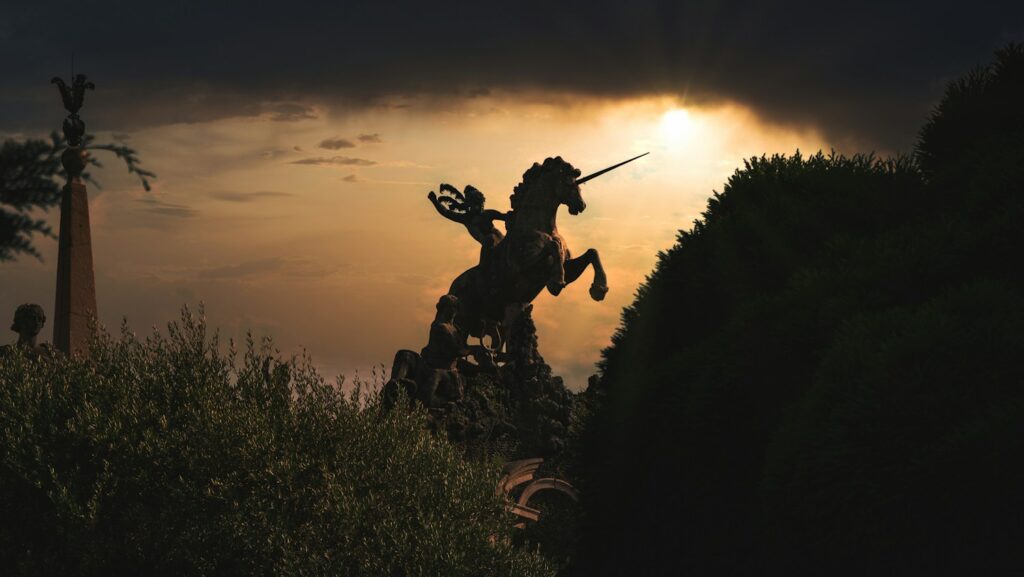
Contemporary fantasy literature has continued and expanded the tradition of mythical mares, creating new legendary equines that have captured modern imaginations. J.K. Rowling’s thestrals—skeletal, winged horses visible only to those who have witnessed death—included mares that showed particular protective tendencies toward their young. C.S. Lewis featured talking mares in his Chronicles of Narnia, most notably Hwin, who demonstrated wisdom and courage throughout The Horse and His Boy. Philip Pullman’s His Dark Materials trilogy introduced spirit mares that could travel between parallel worlds, while Mercedes Lackey’s Valdemar series includes Companions—horse-like magical beings—with many of the mares possessing enhanced empathic abilities. These modern interpretations build upon ancient associations of mares with intuition, death, rebirth, and magical transportation, reframing these concepts for contemporary audiences.
Symbolism and Common Traits of Mythical Mares
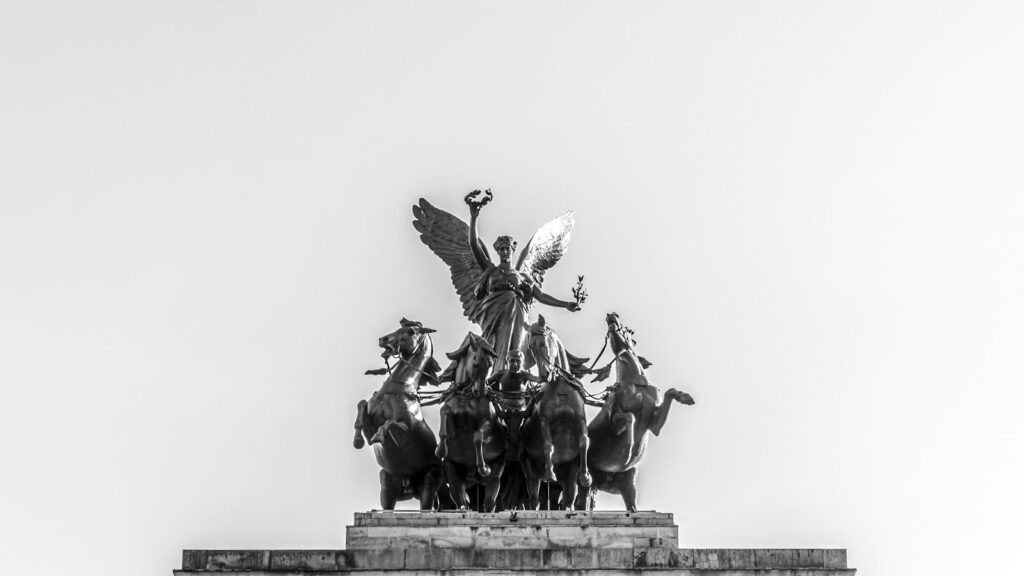
Across cultural traditions, mythical mares share several symbolic associations and supernatural abilities that distinguish them from both ordinary horses and mythical stallions. Most prominently, legendary mares are frequently connected to lunar cycles, water elements, and transformative magic, reflecting the feminine principle in nature. They often possess shapeshifting abilities, particularly the power to transform between equine, human, and water forms, representing the fluidity of natural forces. In multiple traditions, mythical mares show connections to weather control—especially storms, fog, and rain—and may leave distinctive tracks like burning hoofprints or flowers sprouting in their footsteps. Many myths describe these creatures with unusual physical features: flowing manes that never tangle, eyes that glow like stars or change color with their mood, and the ability to run across water or through the air without leaving the ground.
Identifying Mythical Mares in Artwork and Sculpture
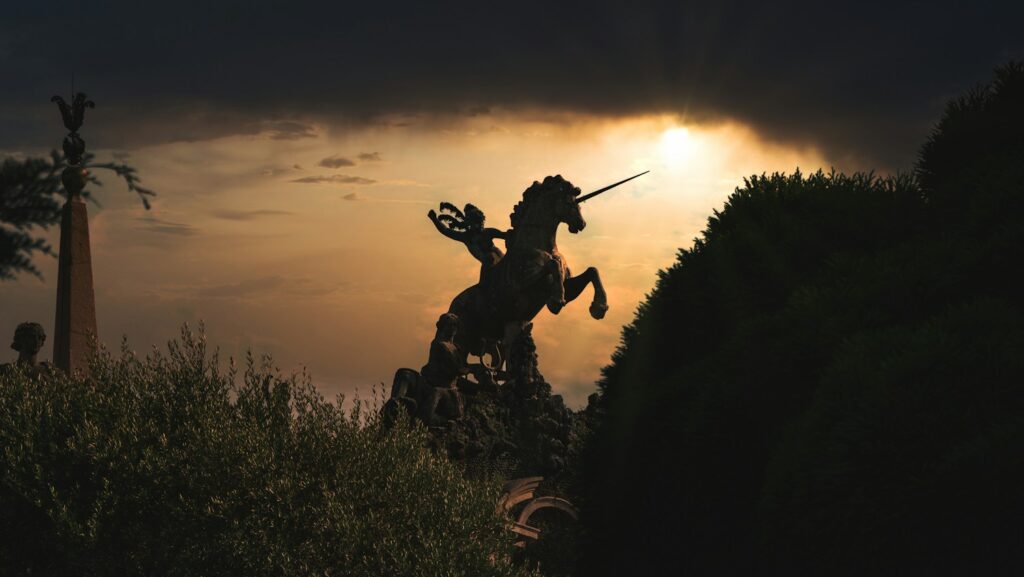
Throughout art history, mythical mares have been depicted with distinctive visual cues that separate them from ordinary horses or male mythical equines. In classical art, supernatural mares often appear with exaggerated feminine features—more delicate heads, emphasized eyes, and flowing manes that may incorporate water imagery or plant elements. Medieval European art typically showed mares associated with feminine divine figures or as tempters leading men astray, particularly in kelpie depictions where the creatures might have seaweed-like manes or subtly webbed hooves. Asian art traditions frequently depicted divine mares with flame or cloud patterns on their bodies, celestial symbols, or anatomical impossibilities like extra legs or transparent bodies showing internal energy patterns. Modern fantasy art continues these traditions while adding contemporary symbolism—mythical mares might be shown with technological elements, psychological symbolism, or environmental themes that reflect current concerns while maintaining their connection to transformation and liminality.
The Role of Mythical Mares in Religious Traditions

Beyond mythology, mares held special religious significance across numerous belief systems, often serving as manifestations of goddesses or divine messengers. In ancient Mesopotamian religion, the goddess Ishtar was associated with the mare aspect of horse symbolism, representing both fertility and warfare—priestesses would sometimes perform rituals wearing mare masks. Celtic religious practices included mare sacrifices at critical seasonal boundaries, particularly Samhain and Beltane, when the boundaries between worlds were considered most permeable. Hindu traditions feature the divine mare Vadavamukha, whose fiery breath was believed to create ocean tides and who would emerge at the end of the world cycle. Even in early Christianity, despite efforts to distance the religion from pagan horse worship, saint legends often included miraculous mares that helped holy figures escape persecution or carried divine messages, showing the persistence of these symbols across religious transitions.
Astrology and Mythical Mare Constellations
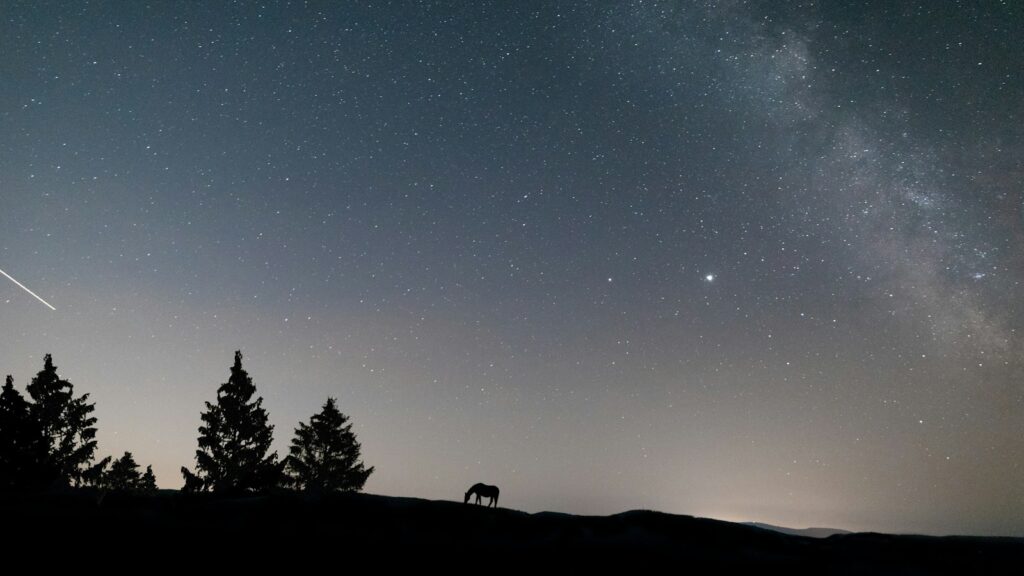
The night sky contains several horse constellations, with specific myths identifying certain stars as legendary mares that were transformed into celestial bodies. The Pleiades star cluster was identified in multiple cultures as a group of divine mares—Greek mythology associated them with the seven mares that pulled Artemis’ chariot, while Chinese astronomers called this formation “Mane Stars” and connected them to supernatural horses. In Mongolian shamanic traditions, a constellation known as “Mother Mare” (Eme Morin) was used for navigation and timing ritual observances related to horse breeding and migration patterns. Australian Aboriginal sky lore includes the “Running Mares,” a star pattern that signaled seasonal changes affecting water availability. These celestial representations of mythical mares served practical purposes—navigation, agricultural timing, and seasonal prediction—while reinforcing the connection between these legendary creatures and cosmic forces.
Creating Mythical Mare Characters in Fiction
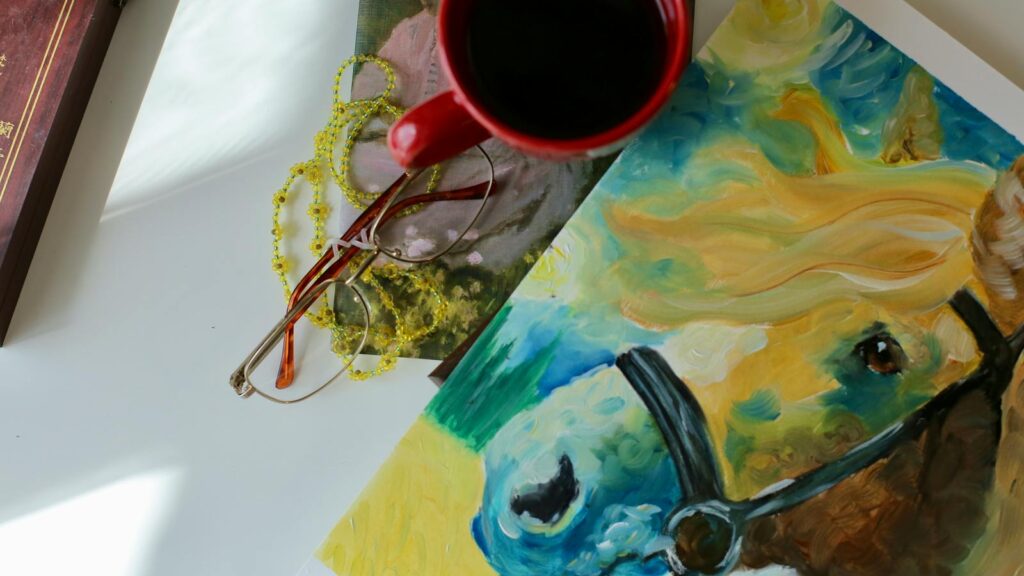
Authors, game designers, and storytellers looking to create compelling mythical mare characters can draw upon the rich historical traditions while adding fresh perspectives. Effective legendary mare characters typically balance opposing traits—they might possess both nurturing and destructive aspects, representing the dual nature seen in many traditional myths. Developing a consistent set of powers based on traditional associations (water manipulation, emotional influence, transformation abilities, or weather control) helps ground the character in mythic tradition. Creating limitations for these powers maintains narrative tension; for example, a mare might only be able to shapeshift during certain moon phases or may weaken when separated from natural water sources. Character development can explore the tension between wild and domestic nature—mythical mares often represent the untamable aspects of nature temporarily in alliance with humanity rather than fully domesticated beings, making their loyalty conditional and their motivations complex.
Preserving and Honoring Mare Mythology Today
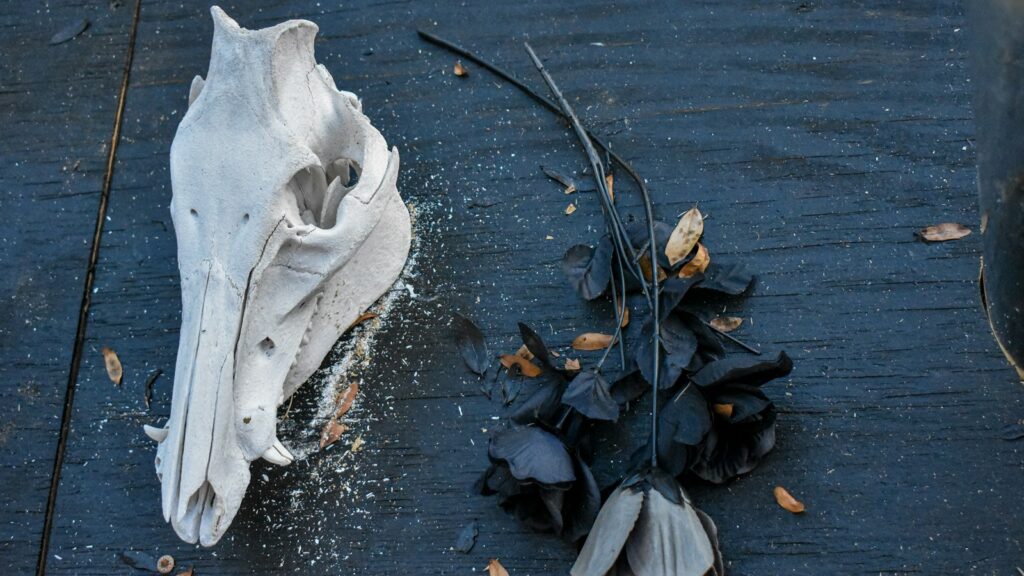
In contemporary culture, several traditions and practices keep mythical mare legends alive while honoring their cultural significance. Annual festivals like the Mari Lwyd in Wales feature mare skull effigies carried from house to house during winter celebrations, maintaining ancient customs that connect communities to their mythological heritage. Conservation efforts for wild horse populations often incorporate educational programs about historical mare myths, helping people understand the cultural importance of preserving these animals. Digital archives and museum collections increasingly include dedicated sections for equine mythology, preserving artifacts and stories related to legendary mares for future generations. Indigenous cultural revitalization movements have reclaimed horse ceremonies and stories that were suppressed during colonization, particularly those focusing on mare symbolism and feminine spiritual power connected to these animals. These varied approaches ensure that the rich traditions of mythical mares continue to inspire and educate in the modern world.
conclusion
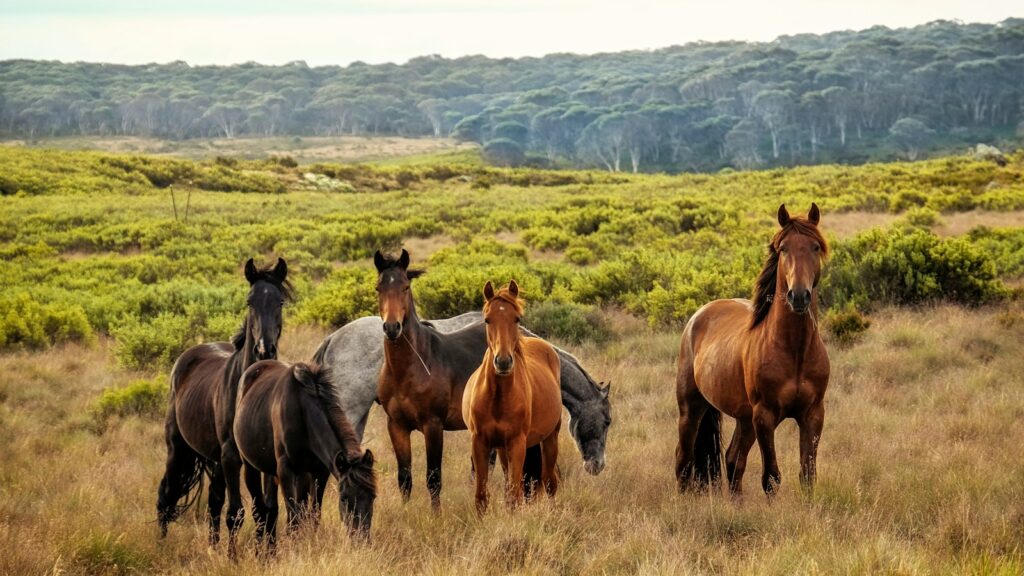
The enduring appeal of mythical mares across cultures speaks to humanity’s profound connection with horses and our recognition of the special qualities embodied by these female equines. From fearsome man-eaters to divine messengers, these legends capture both our reverence and fear of natural forces beyond human control. As we continue to tell stories, create art, and even develop new myths featuring these magnificent creatures, we participate in an unbroken tradition stretching back to our earliest ancestors. Whether encountered in ancient texts, modern fantasy novels, or cultural celebrations, mythical mares continue to gallop through our collective imagination, reminding us of the powerful blend of beauty, strength, and mystery they represent.
